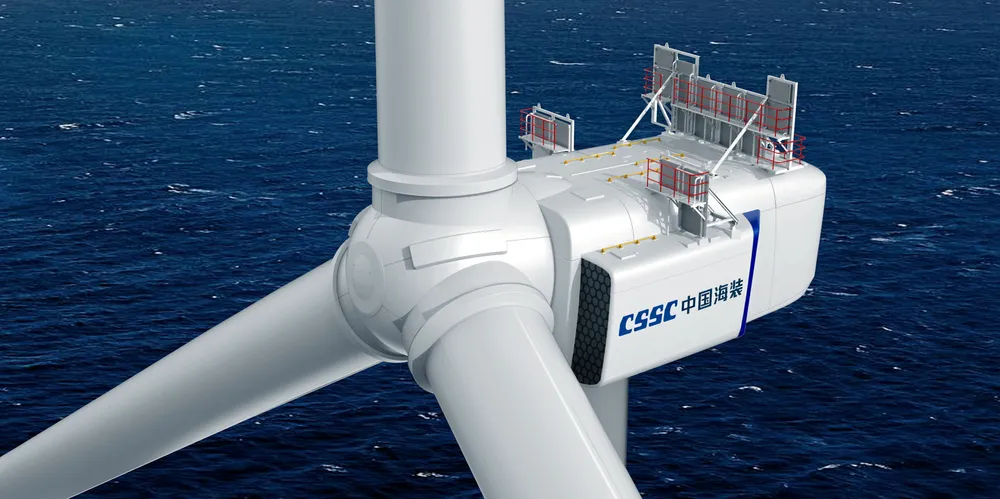New Chinese offshore wind titan to roll out 'by year-end' as gigascale pipeline swells
Turbine maker CSSC Haizhuang sees giant 16.7MW model securing giga-scale orderbook inside five years as build-out accelerates in waters off Asian superpower

Chinese wind turbine maker CSSC Haizhuang – part of the vast China State Shipbuilding Corporation – is set to roll out the flagship of its 16.7MW offshore design by the end of 2022, as the OEM ramps up plans to deliver units into its rapidly expanding domestic market in the coming years.
“It is pivotal to seize the development opportunity of offshore wind power in the coming years. Drawing on the advantages and strength of [parent company] CSSC in the field of R&D and manufacturing about offshore wind turbine equipment [we could] independently and creatively complete the R&D of the 16.7MW [design and its manufacturing] and now plan for the first turbine will be rolled out by the end of 2022,” he said.
“These ultra-large-megawatt [models] will make a great contribution to the improvement of a turbine’s capacity and efficiency, as well as reducing the LOCE [levelised cost of energy] of deep-sea wind farms.”
Zhang underlined that as CSSC Haizhuang developed the turbine and its core componentry “with independent IP [intellectual property] rights”, which would aid in “breaking the foreign [OEM] monopoly [while] promoting the development of offshore wind power technology all over the world”.
The 16.7MW model – which flies 126-metre-long blades fitted to a nacelle described by the company as looking “like a whale soaring in the sea” – saw contributions from four of CSSC Haizhuang's sister companies, noted Zhang, which divided labour on overall turbine load optimisation; ultralong blade R&D; high-torque gear-box design, PMG technology; and integrated control systems, with collaborative work on “intelligent operation and maintenance” for the turbine once in the field.
“These five enterprises have rich experience and professional experts to advance the creative development of various works in this project,” he said.
“At present, Chinese wind turbine manufactures are speeding up the independent R&D of floating wind turbines, and successively launching [units] with independent IP rights,” said Zhang, pointing to the first wave of arrays, including CSSC Haizhuang’s 6.2MW Fuyao pilot, which is expected to be in operation by 2022.
“[This] is narrowing the gap with foreign counterparts’ technologies and increasing [our] international competitiveness in the industry.”